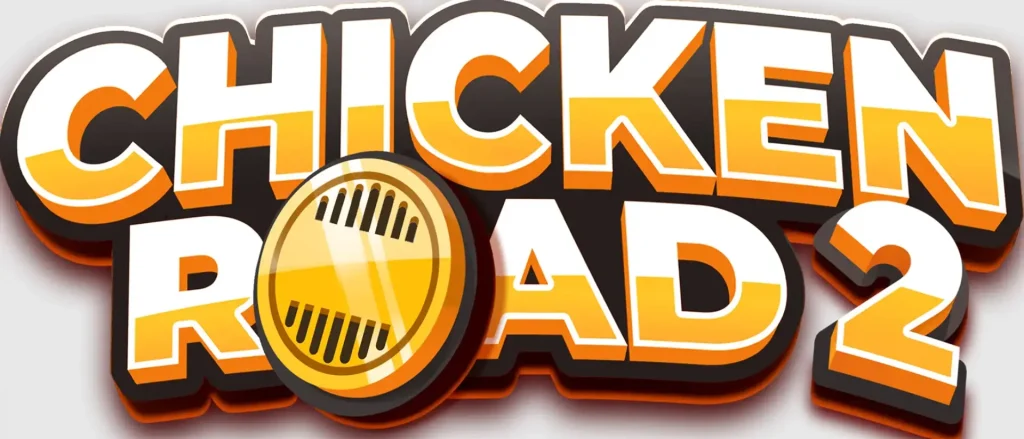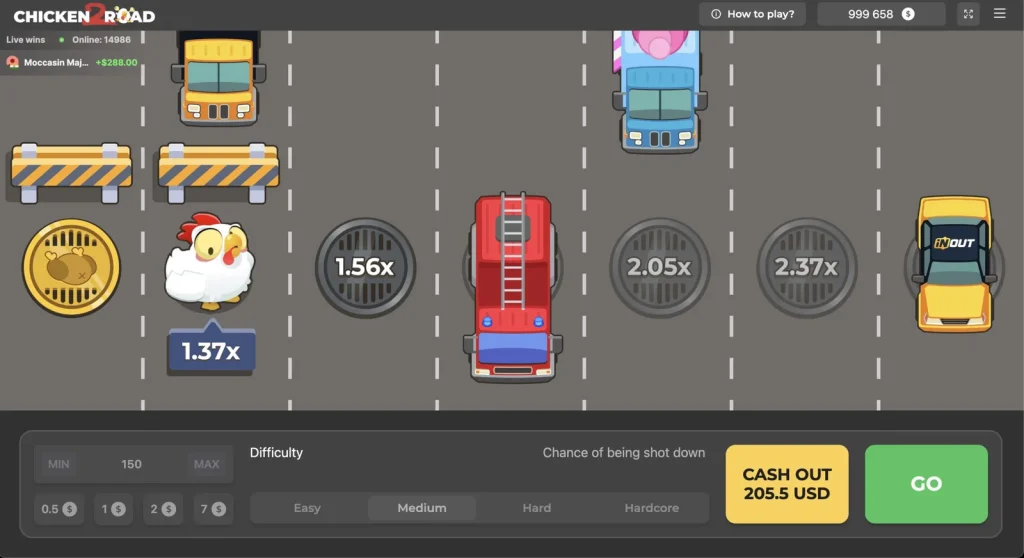Chicken Road 2 Demo vs Real Money: What’s the Difference?
Chicken Road 2 looks simple at first. A quick match, a jumping chicken, a growing multiplier. Yet this game hides a system that punishes hesitation and rewards timing. The moment real money enters, the rhythm changes. The hands tense. The focus narrows. The same screen starts to feel different.

Mechanics and Feel
The chicken road 2 demo runs on the same engine as the paid version. Players can cross lanes, test risk levels, and learn the movement pattern of obstacles. It’s a full simulation with no real cost. Each round lets you read timing, test multipliers, and understand how the pace speeds up after each successful move. The demo becomes a safe ground for practice. Every mistake teaches something.
When money gets involved, those lessons turn serious. The game doesn’t slow down. The same mechanics now carry weight. Every click feels sharper because each move has value. The real-money version exposes weaknesses the demo hides — poor timing, greed, bad exits. Those who spent enough time in the demo walk in ready. They already know when to cash out, how far to push, and when the crash tends to hit.
Risk and Rewards
The payout ladder in both modes looks identical. Four levels of risk: Easy, Medium, Hard, Hardcore. In the demo, those are numbers. In the real version, they decide whether a player walks away with profit or empties the balance. Hardcore mode pushes the multiplier close to 10 000×. Hitting that peak requires perfect timing, something only practice builds.
The Return to Player ratio holds around 95–98 %. Volatility is high. Short sessions swing fast. Longer runs balance out if the player stays disciplined. The demo helps map how often wins appear and how quickly the risk curve grows. Those insights pay off when real money is on the table. Smart players avoid chasing the maximum multiplier. They cash out earlier, collect small wins, and extend their playtime.

Strategy and Player Behaviour
The demo promotes exploration. Players take wild risks, stretch each run, and learn how multipliers behave. That’s where most strategies are born. Some experiment with fast exits. Others study obstacle speed patterns or multiplier growth. The goal is to find balance between greed and timing.
Real-money play changes the tone completely. Emotions kick in. Players set bankroll limits, define safe zones, and control cash-outs. The same decisions that felt easy in the demo now demand restraint. Risk management replaces curiosity. A strong plan keeps losses contained and turns randomness into rhythm. The key isn’t luck. It’s control.
The difference between demo and real play sits in tension, not design. The demo trains reflexes. Real money tests them. Chicken Road 2 rewards preparation and punishes impulse. Those who master timing in the free mode carry that skill into real play, where precision turns into profit. The lesson is simple: learn first, bet second.